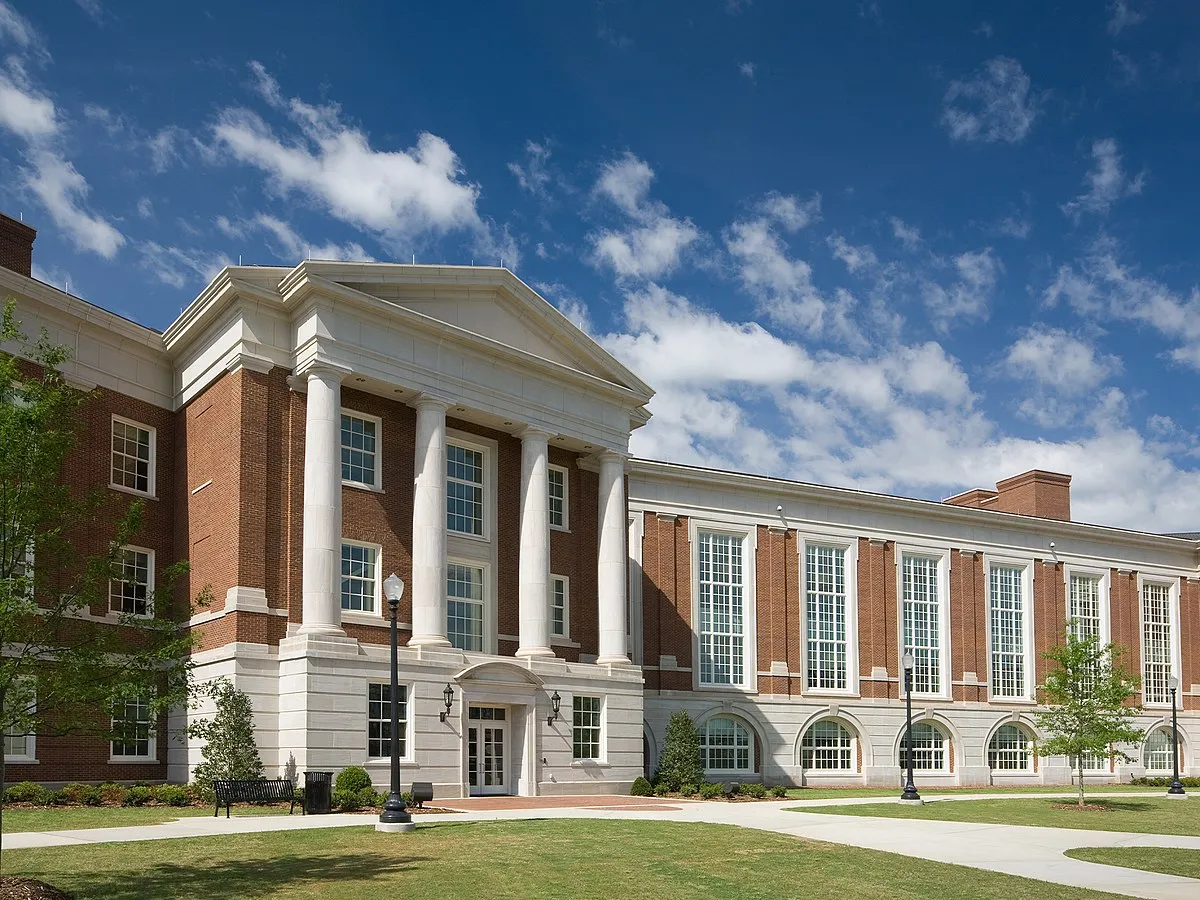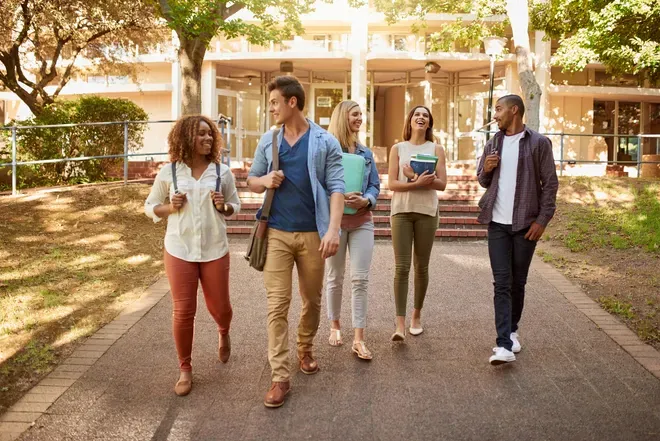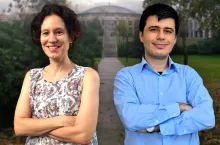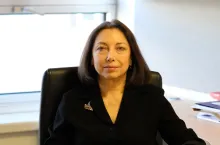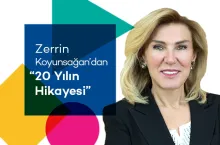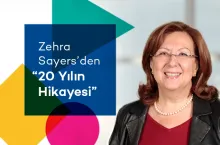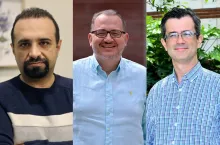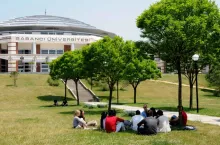To celebrate the 20th year of our university, we have prepared a set of four questions to ask faculty and administrative personnel who have been with us since the beginning, and to our first students. They all tell "the story of 20 years" from their own perspectives.
Going in alphabetical order, this week's interviewee for "The Story of 20 Years" is Zerrin Koyunsağan.

On 5 January 1998, Zerrin Koyunsağan joined Sabancı University as the founding Director of Student Resources with the staff number 37. Zerrin Koyunsağan, who held this position until July 2005, was awarded the title of “Honorary Member of Sabancı University”, awarded to academic and administrative staff who made an exceptional contribution to the university's mission, when she retired from Sabancı University.
Zerrin Koyunsağan joined the Sabancı Foundation in August 2006, made significant contributions to the restructuring process of the foundation, served as the General Director of the Sabancı Foundation between 2011-2018 and as the Vice Chairman of the Sabancı Foundation Board of Trustees between 2018-2020.
Zerrin Koyunsağan’s answers to our four questions are below.
What was your initial memory / impression of when you met Sabancı University for the first time?
Z.K: My first assignment was at METU, where I created institutional systems in the student affairs unit, tested their success, and started thinking about what I would do next. One of these days, I received an invitation for an interview at Sabancı University. Then, I came to Sabancı Center in Istanbul to meet with Hüsnü Paçacıoğlu, the Founding Secretary General of the university, and Tosun Terzioğlu, the Founding Rector, whom I have always remembered with mercy and gratitude. This was my first meeting with Sabancı University. Their dreams related to the university were exactly in line with my dreams, and I accepted the offer with pleasure.
In January 1998, I started working on the 17th floor of Sabancı Center and worked there until September 1999, when we moved to the campus. As we built everything from scratch, we consulted with each other a lot and experienced new working methods together. We worked hard and formed new friendships at a very exciting and very intense pace. At the same time, we witnessed the times when the culture of the university was created.
One of my first memories was as follows: All of us who loved Sabancı University very dearly; Mr. Terzioğlu, Mr. Paçacıoğlu, faculty members, administrative staff, were very excited and had a lot of fun enveloping letters to be sent to top 10 thousand students in the university entrance exam up until midnight together. During the selection period, we introduced the university again in the Communication Building in Karaköy. There was no physical university yet, but we were explaining everything to students and their families on a model. Fortunately, we were mostly convincing. The trust that came with the Sabancı name made our job easier.
Finally, in October 1999, we got our first students, our university opened on a very rainy day, and I was among those who cried with joy. In the first year, construction was still underway on the campus, there were undoubtedly shortcomings, but we could not allow this to make the lives of students harder. We created solutions for each new situation. For example, when we were about to announce the schedule, there was news from the University Services Department; it was not possible for all students to eat at the same time in the temporary cafeteria! We immediately rolled up our sleeves, prepared the schedule again from scratch, kept the others in classroom while a large group of students ate in the cafeteria, and then sent the group that finished their meal to the classroom, took the hungry ones from the classroom, so that we could feed our students without any issues.
What are the differences between yourself 20 years ago and yourself today, and how did Sabancı University contribute to that change?
Z.K: During the founding years, all faculty members, employees, students, everyone focused on achieving the best and laying the foundations of the University firmly. It was so valuable that I feel lucky to be part of this extraordinary experience. Creating an institutional structure, designing processes introduced different ways of thinking and different perspectives to me.
I have met beautiful people. The friendship and wisdom of Alev Topuzoğlu, Şükrü Döküçü, the late Hilmi Çelik, Hüsnü Paçacıoğlu, and Tosun Terzioğlu are invaluable to me. I cannot go without mentioning the positive impact of Güler Sabancı's guidance and friendly behavior on both me and the entire team.
The most important thing was to be together with young people, to learn from them, to be able to contribute to them.
There were 249 students enrolled in the first year, 75% of whom were on scholarships. Very successful students preferred Sabancı University. It was prestigious to study with a scholarship at Sabancı University because scholarships were awarded based on success. For this reason, many students entered without a scholarship, but later tried to raise their GPA and get a scholarship. We were happy to build the scholarship system based on success.
What comes into your mind when you think of Sabancı University in 20 years? What are your dreams for Sabancı University for the next 20 years? What about yourself?
Z.K: Sabancı University pioneered the higher education system in Turkey, making a very important difference and setting an example for other universities. Graduates going abroad continue to represent the strong reputation of the university all over the world, successful academics offer the best education and research. Graduates have started working at Sabancı University and continue to own their universities. These are just a few examples of dreams coming to life in the first place.
After that, I would like to see the solid foundations of Sabancı University become stronger, continue to lead the academy, and take the top place among the leading universities in the world.
My dream for myself is to live a healthy and enjoyable life with my family and loved ones.
Where and how would you be now if your paths hadn't crossed with Sabancı University?
Z.K: I think I could have been involved in different projects related to restructuring at METU, or I would have been involved in institutional structuring at a newly established university.


